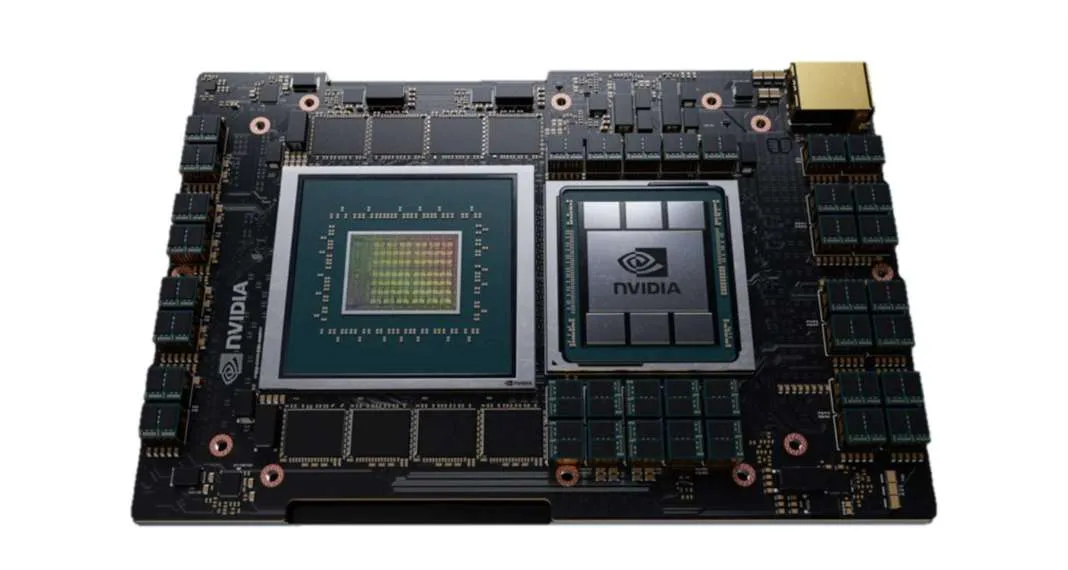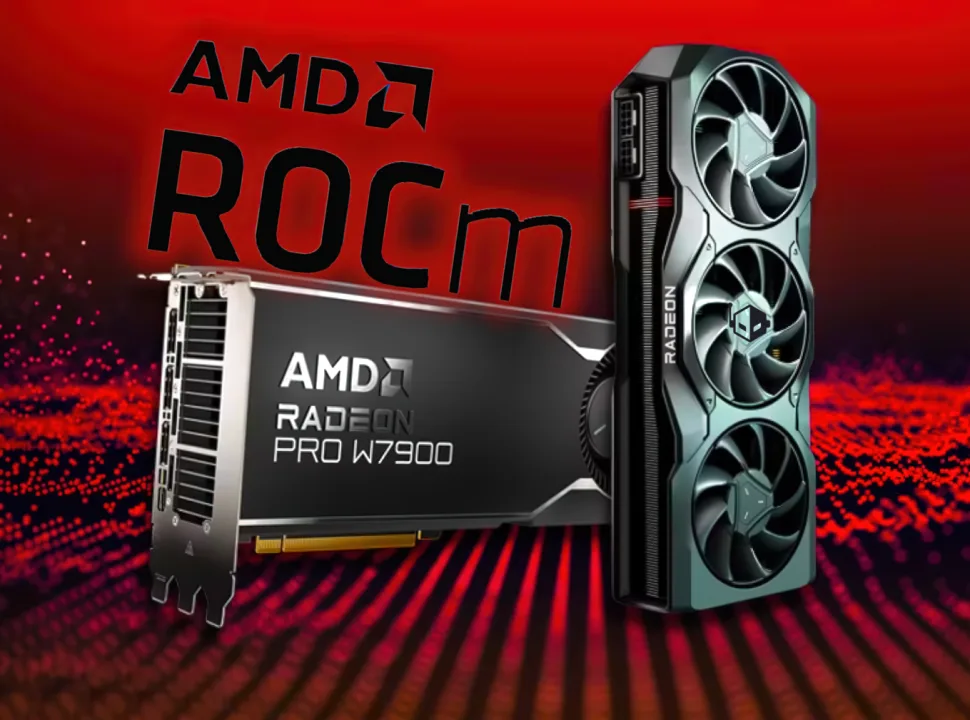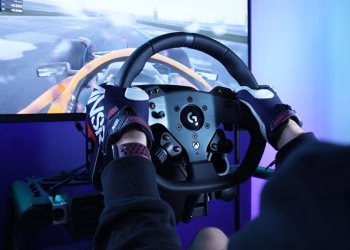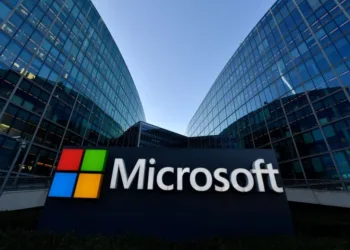NVIDIA has announced its first CPU codenamed Grace, after computer scientist, one of the pioneers of computer science, Grace Hopper. Grace, the CPU, is designed for the modern data center. Hopper was and one of the first programmers of Harvard Mark 1 and inventor of the first linkers.
NVIDIA Unveils The Grace CPU, Its First ARM-Based Processor, Aimed at Datacenters With Neoverse Cores
NVIDIA’s Grace CPU is the company’s first design featuring the next-generation Neoverse cores that have for years been under development. The whole SOC (System On a Chip) is a combination of several chips which come with three main components, the GPU, the CPU, and the memory/IO subsystems. NVIDIA hasn’t revealed many details but according to WCCFTECH, “the company did state that the Grace CPU will be able to deliver a score of 300 in SPECrate2017_Int_base.”

The American tech company has stated that its Grace is a highly specialized processor targeting workloads such as training next-generation NLP (Natural Language Processing) models that have parameters exceeding 1 trillion. 10x faster performance than today’s state-of-the-art NVIDIA DGX-based systems, which run on x86 CPUs, can be provided when a Grace CPU-based system is tightly coupled with NVIDIA GPUs.
As the volume of data and size of AI models are growing exponentially, NVIDIA is introducing Grace. Training our time’s largest AI models, which include billions of parameters and are doubling every two-and-a-half months, requires a new CPU that can be tightly coupled with a GPU to eliminate system bottlenecks.
The Santa Clara, California-based company built Grace by leveraging the incredible flexibility of Arm’s data center architecture. NVIDIA is advancing the goal of technology diversity in AI and HPC communities by introducing a new server-class CPU.

Grace’s First Adopters Push Limits of Science and AI
CSCS and Los Alamos National Laboratory, a United States Department of Energy national laboratory, both plan to bring Grace-powered supercomputers, built by Hewlett Packard Enterprise (HPE), online in 2023.
“With an innovative balance of memory bandwidth and capacity, this next-generation system will shape our institution’s computing strategy,” said Thom Mason, director of the Los Alamos National Laboratory, according to WCCFTECH. “Thanks to NVIDIA’s new Grace CPU, we’ll be able to deliver advanced scientific research using high-fidelity 3D simulations and analytics with datasets that are larger than previously possible.”
Delivering Breakthrough Performance, Up To 10x Faster Than x86 Servers
Fundamental to Grace’s performance is the fourth-gen NVIDIA NVLink interconnect technology. The fourth-gen tech provides a record 900 GB/s connection between Grace and NVIDIA GPUs. This record speed enables 30x higher aggregate bandwidth compared to today’s leading servers.

LPDDR5x memory subsystem will be utilized by Grace. This subsystem will deliver 2x the bandwidth and 10x better energy efficiency compared with DDR4 memory. In addition, the new architecture provides unified cache coherence with a single memory address space, to simplify programmability by combining system and HBM GPU memory.
WCCFTECH notes, “Grace will be supported by the NVIDIA HPC software development kit and the full suite of CUDA and CUDA-X libraries, which accelerate more than 2,000 GPU applications, speeding discoveries for scientists and researchers working on the world’s most important challenges.”
Availability of Grace CPUs is expected at the beginning of 2023.








